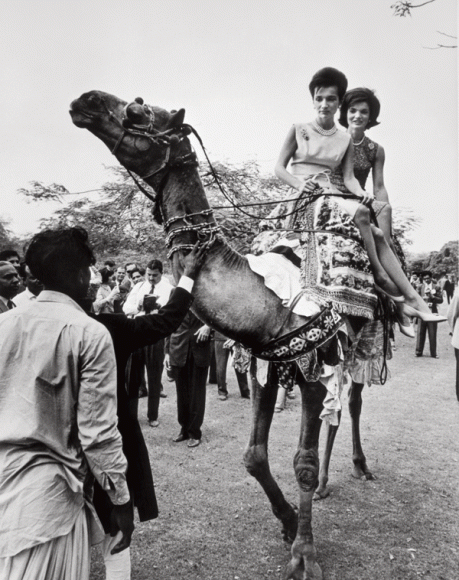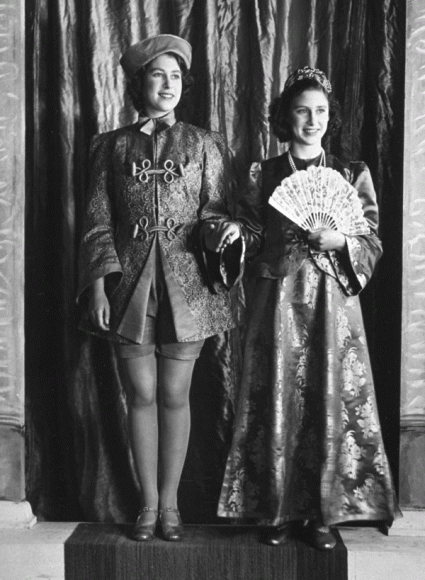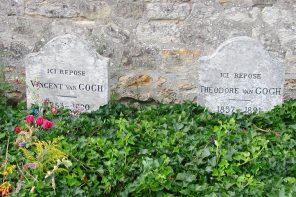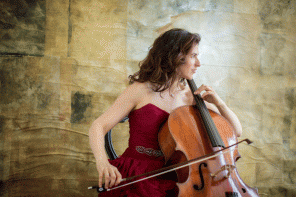The older sister was serious; the younger, fun. The older was something of a tomboy who loved horses; the younger, a girly girl — one whose delicate, curvaceous beauty drew the lion’s share of male attention and who sought solace in the sea. And while the younger would exhibit a theatrical flair, it was the shyer older sister who would command the world stage.
The sisterly relationships of Jacqueline Kennedy Onassis and Lee Radziwill and Queen Elizabeth II and Princess Margaret had more in common than you might think, as two new books, to-be-devoured-like-a-box-of-chocolates, illuminate. Sam Kashner and Nancy Schoenberg’s juicy page-turner, “The Fabulous Bouvier Sisters: The Tragic and Glamorous Lives of Jackie and Lee” (Harper, $28.99, 518 pages), is the more conventional, if only because Craig Brown’s “Ninety-Nine Glimpses of Princess Margaret” (Farrar, Straus and Giroux, $28, 423 pages) is such a stylish meditation not only on the life of the princess — real and imagined — but on the nature of storytelling itself. Yet both offer poignant accounts of artistic younger sisters who fought to establish identities beyond being princesses — Lee was married to Polish Prince Stanislas “Stas” Radziwill — in the shadow of England’s and America’s “queens.”
The four lives intersected at the height of their glamour in the 1960s. Indeed, they might’ve all met at a state dinner at Buckingham Palace in June of 1961, according to Vanity Fair, but for some checkmating between the elder sisters. Jackie, who had covered Elizabeth’s coronation for the Washington-Times Herald but was now married to President John F. Kennedy, wanted her sister and husband, who lived near the palace, to attend the dinner. But the queen, as head of the Church of England, frowned on divorcées and previously married couples. (The Radziwills had each been married before.) Nonetheless, the queen relented but declined to invite her sister, whom Jackie wanted to meet.
Novelist Gore Vidal — a man for whom the adjective “acerbic” seems to have been invented — would later say that Jackie told him the queen was “pretty heavy going” — a remark he passed along to Margaret, who reportedly replied, “But that’s what she’s there for.”
Margaret would always uphold her sister — “you mean, Her Majesty, the Queen,” she would correct those who became too familiar — just as Lee would be there for Jackie, particularly in the days after the president’s assassination. (In “The Fabulous Bouvier Sisters,” Kashner and Schoenberger write that Lee confided in photographer Cecil Beaton, another of the boldface names the sisters shared, that she “had gone through hell” trying to help Jackie cope with her grief.) Yet the younger sisters would both chafe at the restrictions and requirements placed on them by their elder sisters’ iconic roles.
The moment King Edward VIII abdicated in order to marry American divorcée Wallis Warfield Simpson, thus elevating his younger brother to the throne as George VI, Elizabeth’s and Margaret’s fates were sealed. As the new king’s only children, Elizabeth (1926-) was the heir and Margaret (1930-2002), once Margaret Rose of York, was in her words “Margaret Rose of nothing.” A real English rose who blossomed amid the perks of being first the daughter and then the sister of a monarch, the fashionable, headstrong Margaret proved less adaptable to the ribbon-cutting aspects of her new position. Tedium would soon give way to heartache: Margaret would be forced to give up the man she loved, her father’s equerry, the divorced Capt. Peter Townsend. Though the love affair is dramatized with real feeling in Netflix’s riveting “The Crown,” Brown’s “Ninety-Nine Glimpses” suggests that both the princess and the captain realized it was a bridge too far for her to become just Mrs. Peter Townsend. (However, in Glimpse 28 of his biography/pseudobiography, Brown conjures an obit for that very woman, whom he imagines having lived in wedded bliss in a farmhouse outside Paris, often visiting her uncle and Aunt Wallis.)
While the Bouvier sisters of Manhattan and East Hampton were not as constrained in their choices as the royal siblings, their social class expected them to marry well — particularly as their adored and adoring father, dashing stockbroker “Black Jack” Bouvier, fell on hard times and their exacting mother, Janet, married wealthy stockbroker Hugh D. Auchincloss. Lee (1933-), whose real name is Caroline Lee, married first, to publishing executive Michael Canfield. (The marriage was later annulled.) But Jackie (1929-1994) would eclipse her by marrying the scion of the Kennedy family.
As the sister-in-law of the president, Lee — whose design sense and cultural tastes influenced her sister and their extended family — would shine in the spotlight.
In June of 1963, she stood in for her pregnant sister on the trip to Berlin in which President Kennedy would give his famed “Ich bin ein Berliner” speech — which she called “the most thrilling experience of my life.” But the trip was also designed to steer Lee away from her affair with Greek shipping magnate Aristotle Onassis, considered a Kennedy liability. Indeed, one of the revelations of “The Fabulous Bouvier Sisters” is that the reason Jackie went on the subsequent fateful cruise with Lee and Onassis was not merely to assuage the loss of her baby, Patrick, but to persuade Lee not to marry Onassis. It’s a what-if of the caliber that Brown tackles in “Ninety-Nine Glimpses”: What if Lee and not Jackie had married Onassis? It wasn’t to be and once again it appeared that while adventurous Lee led, commanding Jackie picked up the ball and ran with it.
As Jackie and Elizabeth’s iconic status deepened, Lee and Margaret strove to refine their own identities. They both turned to the sea — Margaret to a home on the Caribbean island of Mustique, Lee to one in East Hampton, Long Island — and to the arts. Both sets of sisters had enjoyed putting on family theatricals as children. (It is telling that the practical Elizabeth questioned whether they were charging too high an admission, while the haughty Margaret, who grabbed the starring roles for herself, presciently realized an audience would pay anything to see them.)
Margaret, who sang and played the piano, “felt most at home in the company of the camp, the cultured and the waspish,” Brown writes in “Ninety-Nine Glimpses.” She was, he continues, “drawn to the world of well-heeled bohemia — writers and musicians and actors and other fast-living artistic types who could nevertheless be relied upon to show a fair measure of deference.”
Lee, too, thrived in an aesthetic milieu, the difference being that being a princess didn’t stop her from acting on her artistic impulses. She starred on the stage (a 1967 production of “The Philadelphia Story” at Chicago’s Ivanhoe Theatre) and on the small screen (a live TV adaptation of the noir classic “Laura” the following year). She ran her own interior design business. She wrote books, including the most recent “Lee,” “Happy Times” and, with Jackie, who had become an editor, the illustrated “One Special Summer,” originally a gift for their mother.
Given their rarefied circles, Margaret’s and Lee’s often overlapped. Auchincloss step-relative Vidal was to Margaret what his archenemy, novelist Truman Capote, was to Lee — a confidant. Both women fell for bisexual ballet god Rudolf Nureyev, whom Margaret said “was more beautiful than I can describe, with his flared nostrils, huge eyes and high cheekbones.”
And both women would have long relationships with photographers. Margaret married Anthony Armstrong-Jones, the Earl of Snowdon, while Lee took up with Peter Beard, described as “half-Tarzan and half-Byron.”
Yet there was a sense of the unfulfilled in the lives of both women, who drank heavily.
Today, a sober Lee divides her time between New York and France. She once wrote, “There are people who are destined to be shaped by the impulses of their hearts, rather than by reason….”
She and Margaret could be described as romantics; Jackie and Elizabeth, as realists.
The realists may find it easier to navigate the world. But the romantics may be the better story.






